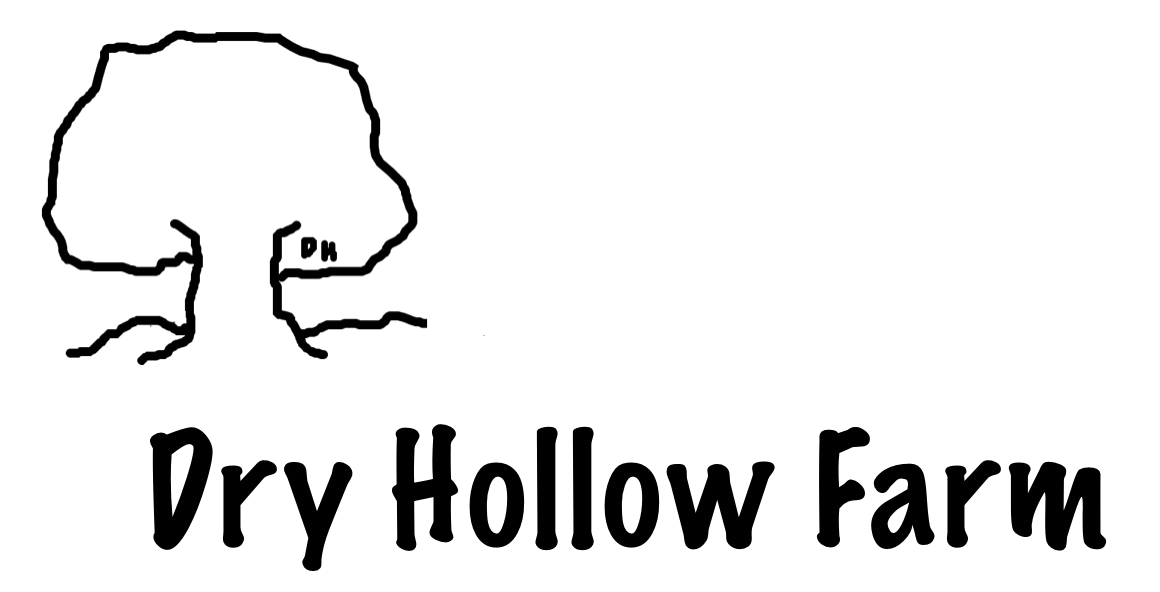Hay Prognostication
Late February through early April can be challenging months for livestock feeding because having enough hay for the animals depends upon our predictive abilities six months prior.
What goes into this prediction?
Number of animals + Date of pasture-killing frosts in the fall + Date of warm spring temps for pasture regrowth
In the end, we take an educated guess throughout the summer and fall of how many bales of hay
we believe our animals will need to survive the upcoming winter and early spring.
As ruminants, sheep and goats require plenty of grass and hay for healthy digestion. Our grazing areas are laid out with a mix of woods and open pastures, so we give no supplemental feeding during the growing season.
Once nights drop below freezing and vegetation stops growing, we begin feeding hay. With our farm set-up, we exclusively use square bales ordered from our hay supplier during the summer. This is where our “predictive superpowers” emerge. How many animals will we feed throughout the winter? When will the first frost occur? When will daytime temps remain cold enough to stop vegetation growth? When will warmer temperatures return in the spring?
Sometimes our predictive abilities fail. This past year we experienced a prolonged summer and fall drought.
Pastures dried up and did not produce enough vegetation. We began feeding hay a month and a half earlier than normal. Fortunately our supplier had bales in reserve that they delivered early winter.
For western Tennessee, the arrival of spring on March 20th does not guarantee immediate vegetation growth. Our last frost date is April 15th. Although we may have pasture growth prior to this date, we must be prepared to feed hay well into April if temperatures do not warm quickly enough.
How do we know when to stop feeding hay? We use our sheep to gauge this moment each spring. Sheep prefer pasture and browse. If they are getting enough nourishment, they will ignore the hay feeder. On the other hand, goats will fool us and still attack a hay bale even if there is plenty of green stuff growing all around them.
The challenge of purchasing enough hay is the challenge of predicting the weather. And we all know how well that works!
Dr. Kathryn Bush owns and operates Dry Hollow Farm, a working goat and sheep farm in Huntingdon, Tennessee. Together with her husband, Russell, she creates skincare products from their fresh goat milk, grows organic herbs, welcomes visitors to their two cabins on the farm (available for stays through Airbnb), keeps the farm’s on-site soap shop stocked with their handcrafted products, and enjoys working the farm in company with their Great Pyrenees dogs (who work hard guarding the animals). Check out their natural products featuring farm-grown ingredients here, and sign up for the Dry Hollow Farm newsletter to stay in touch and be the first to hear about farm news, events, and new products.

